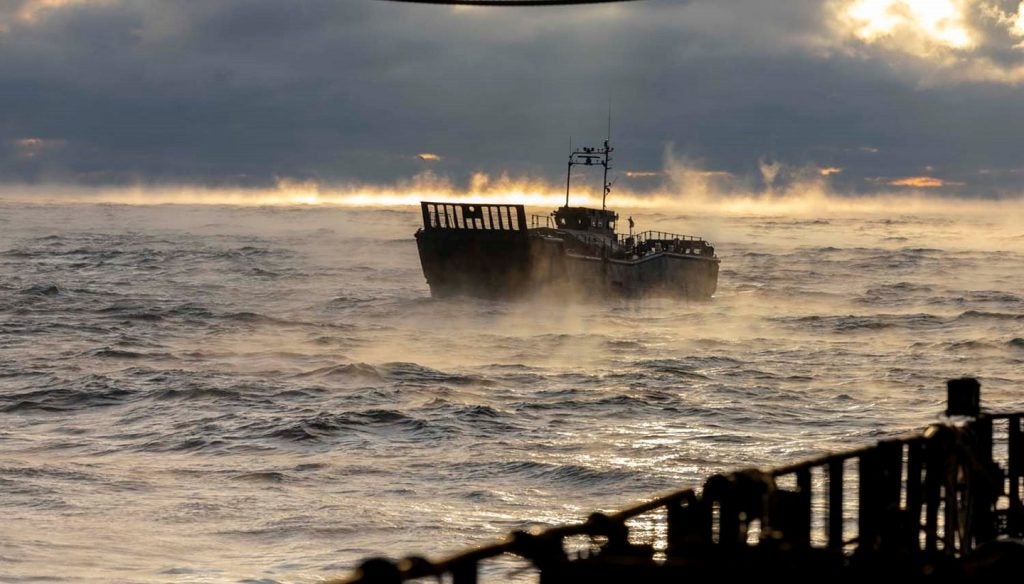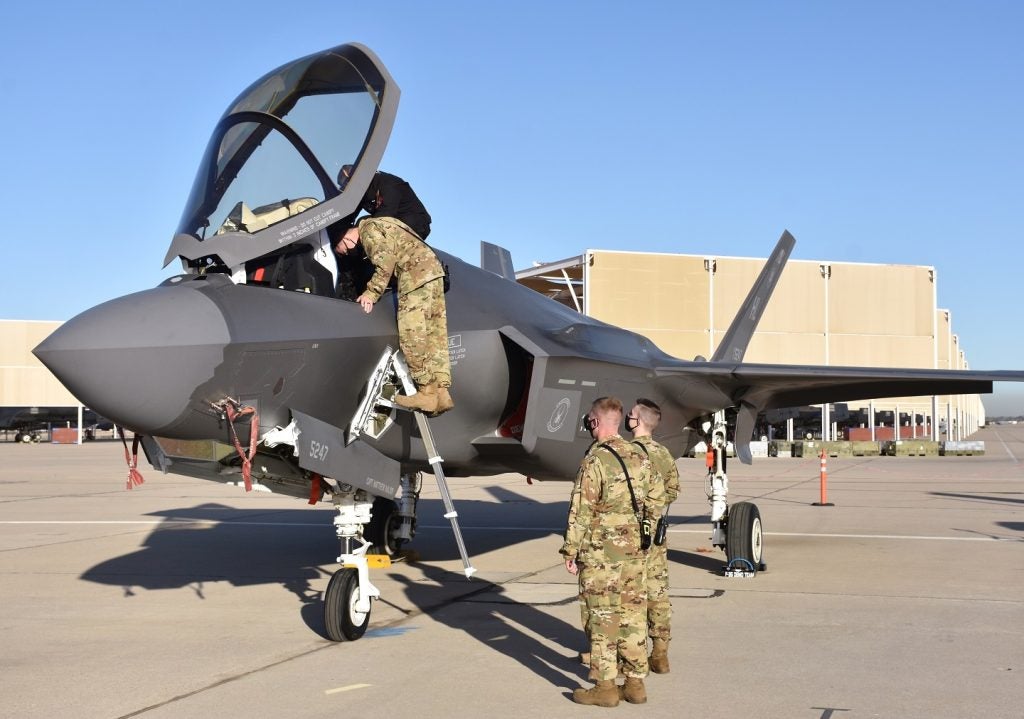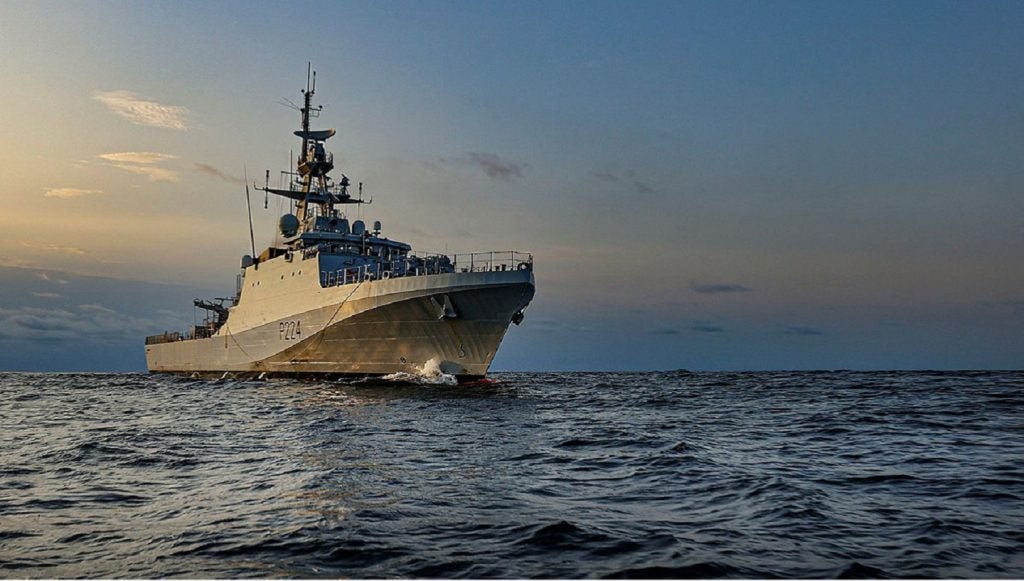Finland hosted its first major military drills as a Nato member alongside UK and US marines, as part of a 4,000-strong force, in an effort to traverse and understand the Finnish coastline, a rugged and island-strewn maritime region with narrow channels.
The auxiliary ship RFA Mounts Bay served as the UK Royal Navy’s centerpiece for amphibious operations.
Codenamed Freezing Winds 23, the exercise offered a unique experience and a foundation of knowledge of operating on Finnish turf, helping allies understand what it takes to defend Finland.
Mounts Bay operated off the Uusimaa coast – which includes the Finnish capital Helsinki – surrounded by sea fog in freezing temperatures ready to land forces ashore on commando raids/covert missions as part of the exercise.
Specialists from across the UK Commando Force were taken ashore by 4 Assault Squadron, who are expert landing craft pilots – used to navigating difficult waterways, typically in Norway in colder climes, to get commandos inland to hit an adversary where they least expect.
Among the teams to be landed ashore were 148 Battery of 29 Commando Royal Artillery, who are responsible for calling in naval gunfire from nearby warships and air strikes in their specialist role but are also experts in covert patrols behind enemy lines, concealment, encrypted communications and battle damage assessment.
All of this was part of Littoral Response Group (North) (LRG) operations. The Royal Navy has two LRGs – North and South – which are designed to deploy rapidly to strategically important locations in response to world events.
Finnish Gulf serves as a critical naval and commercial lifeline
Captain James Allen, Mounts Bay’s Commanding Officer, said: “The archipelago of Finland itself is very difficult to operate within, especially finding channels to go in and out of ports. Going into Turku for example is too tight for us to go through, so it is a challenge.”
The gulf is also a significant border region with Russia, through which the gulf serves as a critical conduit for the Eurasian autocracy’s crude and oil exports to world markets.
Despite Finland’s accession to the Nato military alliance earlier this year, which came in response to Russia’ full-scale invasion of Ukraine that began in February 2022, Russian oil export earnings for October actually exceeded those for any single month in 2021 before its war against Ukraine, according to analysis from Bloomberg.
Nevertheless, the Nato exercise provided critical insight into the complex maritime environment, should any conflict arise on the alliance’s north-eastern flank.
“When I was driving the IRC the wind chill was around -20C and I had to think about different factors such as the speed the IRC was travelling, as the faster it went the colder my passengers would be,” Marine Chaivivat Muankeaw, of 4 Assault Squadron, explained.
In terms of seacraft, he added that “I received a presentation on how [the Finnish Navy’s] boat groups operate and the size and scale of their forces.
“This is very helpful as they are a new Nato member and it allowed me to understand how their craft work and how we can integrate with them in any future operations.”












